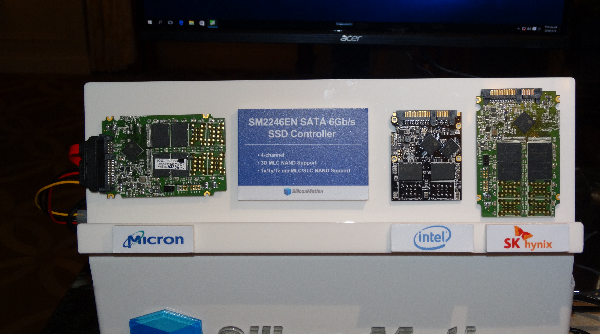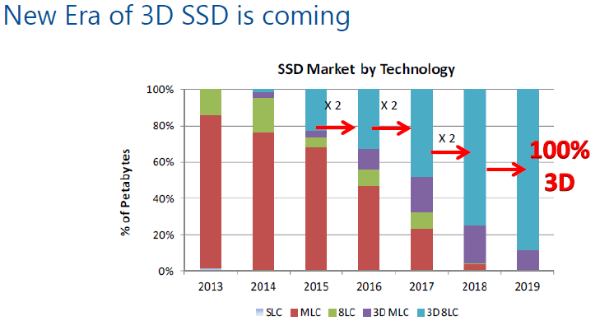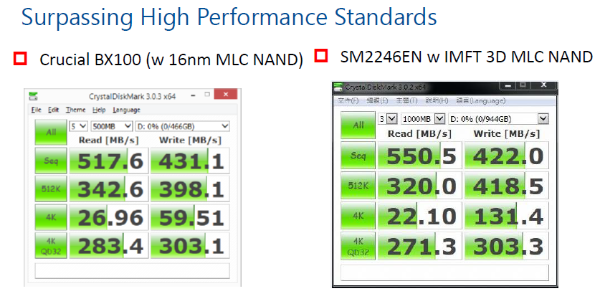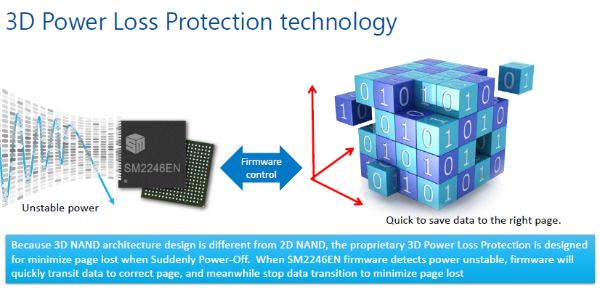Silicon Motion Has The First Multi Vendor 3D Flash Controller
A large company representative once told me the cost to bring a SSD controller to market from start to finish comes close to $50 million. For all but a few companies, it's a very large investment in a technology that may not live up to customer expectations. If a company has a well-received controller, it may receive updates that allow it to work for a number of extra product cycles.
The Silicon Motion SM2246EN has been very well received and currently accounts for most of the non-Samsung SSDs shipped today. When released, the controller broke new ground for 4-channel performance (similar to competitors' 8-channel performance) and power consumption. There have been nearly 100 branded SSDs throughout the world based on the SM2246EN, and the number seems to grow every month.
Today, Silicon Motion announced that the SM2246EN has learned a few new tricks. This will be the first multi-vendor 3D capable controller to enter the market. SMI has tweaked the controller to work with Micron, Intel and SK Hynix next generation 3D NAND flash.
3D NAND has already impacted the SSD market and is currently used in Samsung's 850 and 950 product lines. The other NAND flash manufacturers are well behind the curve but are quickly scrambling to catch up. Large investments have been made in China, South Korea and Singapore to enable cost-effective 3D technology manufacturing. Over the next year, these companies will quickly ramp up production of both MLC and TLC 3D flash. SMI estimates that by 2019, all SSDs will ship with 3D flash.
Part of Silicon Motion's success comes from the services it offers. The company doesn't just build a controller and turn an unfinished product over to SSD manufacturers. SMI builds the controllers, tackles the programming and firmware, and even releases reference designs. This enables companies without large engineering teams to quickly bring a finished product to market.
SMI claimed the new 3D NAND flash is already performing at high levels, but this contradicts what other vendors have told us already this week. The move to 3D is much more complicated than we first assumed, so we don't expect to have a working sample in our hands until much later in the year.
Because of the large differences between 2D planar NAND flash and 3D NAND flash, several of the key roles of the controller had to be changed to read and write data reliably.
Get Tom's Hardware's best news and in-depth reviews, straight to your inbox.
SMI also released a telling road map that details future products. The SM2256 controller currently shipping in several TLC-based products like the ADATA SP550 will be replaced by the SM2258 to support 3D TLC flash in early 2016. Still on the road map is the PCIe NVMe SM2260, but we don't expect to see a full market entry until the 3rd quarter this year.

Chris Ramseyer was a senior contributing editor for Tom's Hardware. He tested and reviewed consumer storage.





